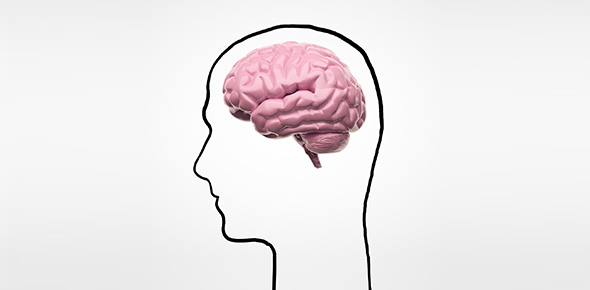Related Flashcards
Related Topics
Cards In This Set
| Front | Back |
|
Cognitive Behavioural Therapy (CBT)
  |
Therapy which combine 2 approaches:
* Cognitive Therapy which aims to change maladaptive thoughts and beliefs. * Behavioural Therapy which aims to change behaviour |
|
Stress inoculation training(SIT)
|
A type of CBT - trains people to cope with stressful situations more effectively by learning skills to protect them from the damaging effects of future stressors.
|
|
Hardiness training
 |
The aim of hardiness training is to increase sel-confidence and sence-control within an individual's life.
|
|
Meichenbaum
|
Believed although can't change the causes of stress, we can change the way we think about stressors and the way we react to them. People can be trained to 'inoculate' themselves against a stressor before it arises. 3 phases of SIT:
* Conceptualisation - Clients are taught to think differntly about stressors, i.e. as problems that can be solved. * Skills acquisition - Coping skills are taught and rehearsed in real life. * Application - Learned coping skills are applied in increasingly stressful situations |
|
Kobasa + Maddi
|
Hardiness - personality type that was especially resistant to stress. Believed that people could be trained in hardiness, tohelp them manage stress better. It involves
* Focusing - The client is taught to recognise the sources of stress and the physiological signs of stress * Reliving stress encounters - client is given insightinto current coping strategies by reliving previous encounters and their responses to them. * Self-improvement - These insights can be used to move forward and learn new techniques, e.g - seeing stressors as challenges they can take control of rather than problems they muct give in to. |
|
Eval- SIT
|
Strengths
1. Effectiveness - Meichenbaum compared SIT with systematic desensitisation to deal with snake phobias. Both were effective but SIT helped to reduce fear associated with a second, as yet untreated phobia. 2. Sheehy and Horan - found sessions of SIT reduced anxiety and stress among students over time, as well as improving their academic performance. 3. Preparation for future stressors - SIT gives the client the necessary skills so they are less adversely affected by stressors in the future. |
|
Eval - SIT
|
Weakness
1. Time consuming and requires high motivation - Although SIT has been criticised because of this, Meichenbaum has also demonstrated the effectiveness of relatively brief period of training. 2. Unneccessarily complex - It is possible that effectiveness os SIT can still be achieved with just some of its elements. It may be equally effective to learn how to talk more positively and relax more |
|
Eval- Hardiness training
|
Strengths
1. It works - Hardiness training has been shown to be effective an many differnt populations. It has been shown to help at-risk students to deal with the stresses they face during their college life. 2. Real WORLD application - Hardiness training has been used to increasr commitment to training in Olympic swimmers, by helping to control aspects of their daily lives that might interfere with training shedules (Lancer) |
|
Eval- Hardiness training
|
Weakness
1. Overcoming bad habits - Training must first address basic aspects of personality and learned habits of coping that are difficult to modify, therefore hardiness training cannot be seen as a rapid solution to sress managment. |







